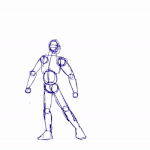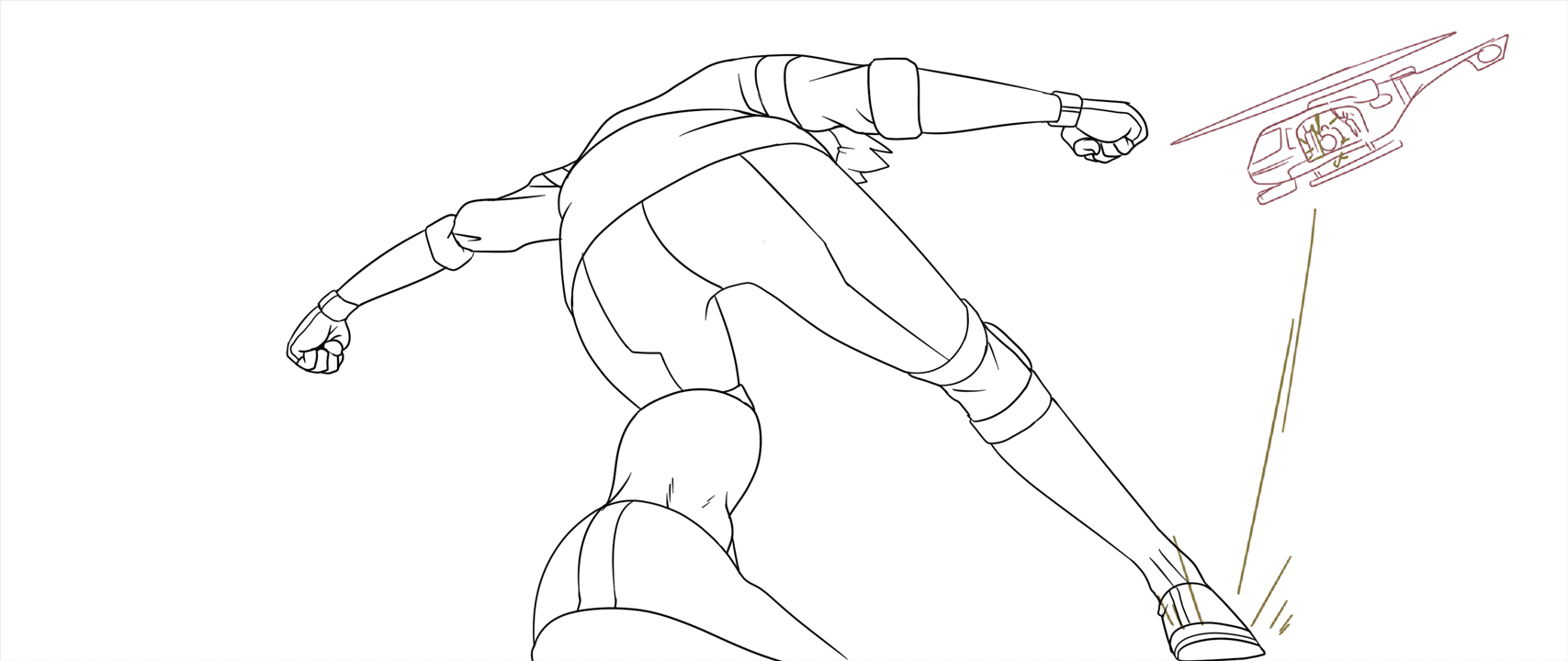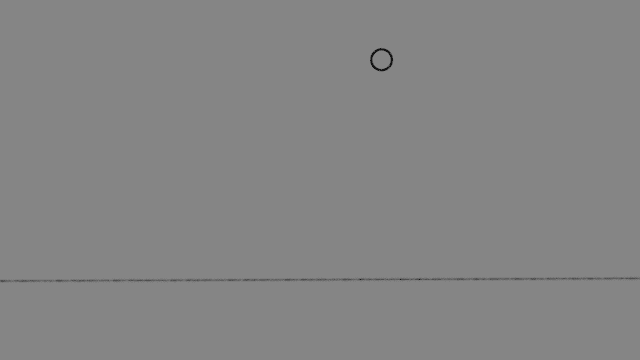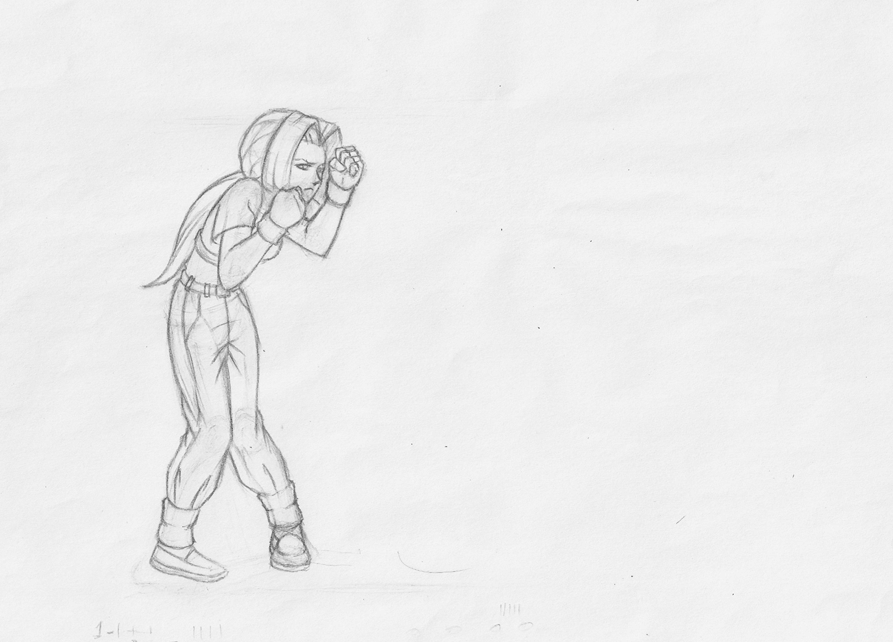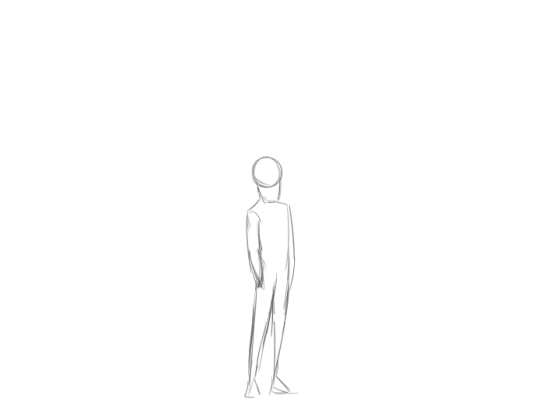HOME | DD
 aaqucnaona — How to animate a ball throw
aaqucnaona — How to animate a ball throw

Published: 2015-04-03 18:33:16 +0000 UTC; Views: 4727; Favourites: 37; Downloads: 15
Redirect to original
Description
Here is the gesture study for this, which I did in preparation for doing the animation. If you are interested in getting a closer look at the animation, a video version of it available here . The original animation in response to which I made this can be found here .This next section might be boring if you aren't into biology, but if you give it a read, trust me, it is quite interesting.
__________________________________
I'll lay out this section of the description as a combined critique of the original animation + explanation of what I did different, for SOSArtStuff [and all of you too, of course].
First and most obviously, the action is a lot faster here. In my experience, both when I started out, and for the longest time after that, the biggest issue my animations had was that they simply weren't fast enough. Most motions IRL are quite complex, and happen faster than we imagine. A second might seem like nothing when just going about our daily business, but start breaking down the biomechanics of what our bodies do in action, and a second holds quite a range of actions. To put a fine point on this before moving on, the entire animation of the throw I did is just one second long.
Another change I made was that I animated the legs in my animation, even though we don't quite see them. This is because the hips drive most motions the body makes, and animating the hips is the first step to figuring out what the rest of the body does. The basic idea when animating bio-mech action shots is to try to figure out where the power is coming from. Every single part of a body has weight, and the stored energy is the fuel. Think of what the engine is, that moves it all. I mean, the muscles generate force, yes, but how does the force flow through the body? For a throw, following and depicting this flow of force is vital to being able to sell the motion.
[For a right handed thrower] I began with a short step forwards by the left foot, to open up the hips. This allows the back leg to bend a little, and ease up on the weight that that side of the hip has to bear. Now free to move, the right side of the hip swings forwards. The left foot digs into the ground and provides the hip something to push against and rotate around. The rotation of the hips builds up momentum - and speaking of momentum, remember to keep rotational inertia in mind when animating! Just like an object in motion likes to stay in motion, an object that is rotating wants to keep on rotating. This rotational inertia is what the hips generate, and the abs and sartorial muscles in the lower torso compress on the right hand side, adding to that momentum, as well as driving it upwards. The force that is going to go into the ball is now built up. It is this build up that is missing from the original animation, and a good way to spot that is to try and imagine what would happen if the camera were to cut before the right hand begins its wind up. Would the audience still anticipate that throw?
Once the initial force has been built up, now we can begin the process of transferring it to the ball. The left hand swings forwards to provide counter rotation to the throwing arm. When animating the arm, remember to keep the clavicles lively. The right up winds up and raises, ready to throw. By this point, the force built up in the body has reached the mid torso. With the compression of the pecs on the throwing side [and the lats on the other side's back], this force moves up in the the upper body, and is about to the transferred to the arm. Because the rotation inertia of the torso is to be turned into lateral motion of the hand, the arms need an axis to swing around. This is why the non-throwing arm swung forward.
Now, the non-throwing arm swings back as it begins to use the force to turn the arms. As it swings back, the right clavicle moves forward. The clavicle drags the shoulder along, which drags along the elbow, which drags along the wrist. This creates a noticeable pose where [if viewed from the side] the elbow is in front of the body, while the hand is still lagging behind just around the head. Other that a quick flex of the triceps during the very last moments before the ball leaves the hand, there is little energy being *created* by the muscles in the arm itself. Most of the energy that will go to the ball began long ago, all the way down in the hips. The muscles of the arm merely channel that energy into the ball. With a quick straightening of the arm and a flick of the wrist, all [technically, most of] the energy that all the muscles in the torso created gets transferred into the ball. The fingers let go of it, and there it goes on its merry way!
That was a biomechanics breakdown of a throw, but a similar approach can be applied to a punch, a swing of a bat, and so on.
One more tip, this time on the technical side of things. I did this animation without any blocking. I already had the poses planned out, so I animated on open splines, and rather than adjust them much in the graph editor, I simply worked in the weight and followthrough into the spacing and posing respectively. This is a very effective way to work quickly, and it works great when you have a scene laid out before hand. Working this way was a lifesaver during that recent project I worked on [the writeup of that is going soon, I promise!]. It was the only way I was able to complete 35 shots in 5 days - and if you get a good handle on it, it can be super useful when working in a production/studio environment.
If any of you have any questions or suggestions about something I said here, or if something I explained was unclear, please let me know! I'd be happy to elaborate.
__________________________________
Ps. As always, I am open to any critique and feedback on how to improve on the work that I submit here, so if you have any suggestions, please lemme know!
Related content
Comments: 3

I received some great critique of this animation, here and here . Thought I'd share them.
👍: 0 ⏩: 0
















